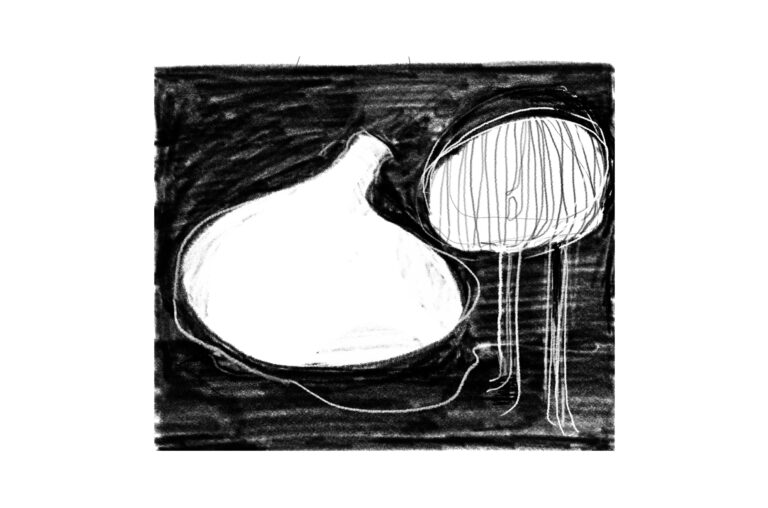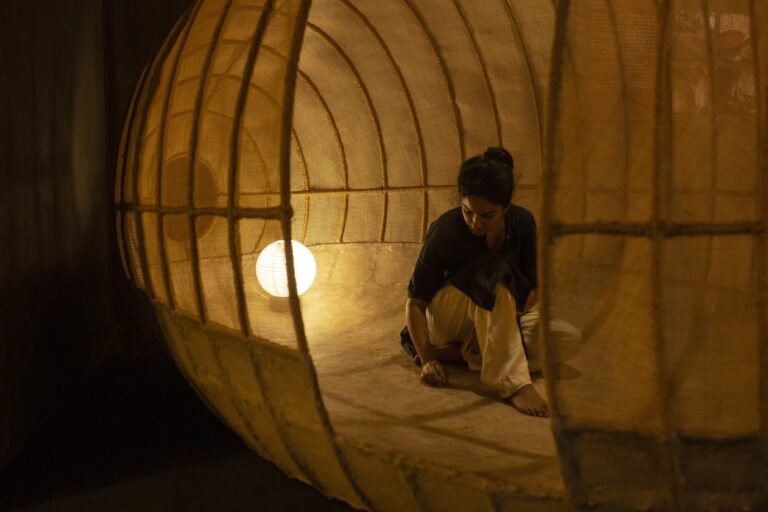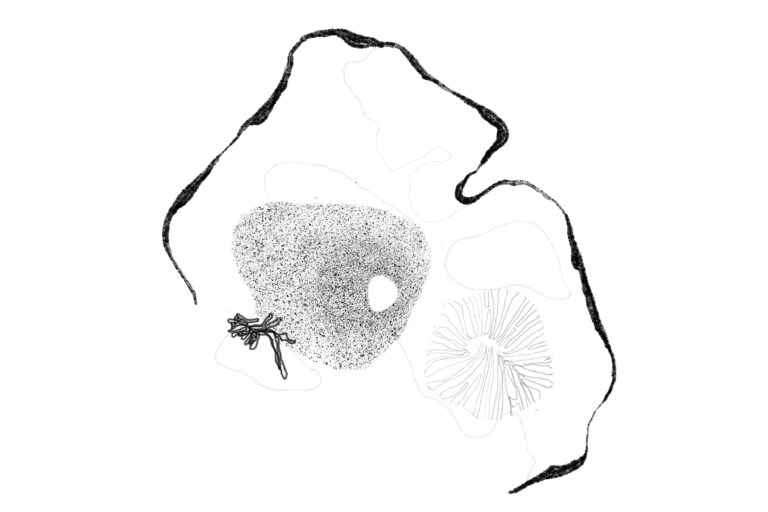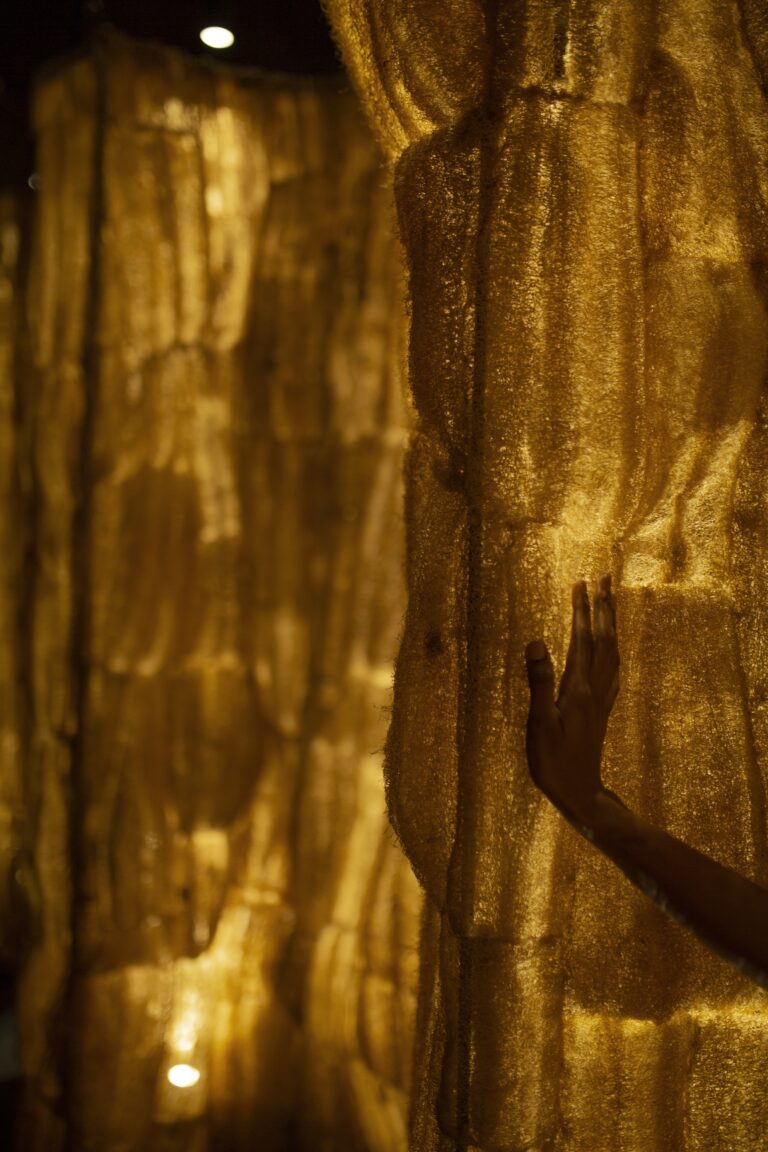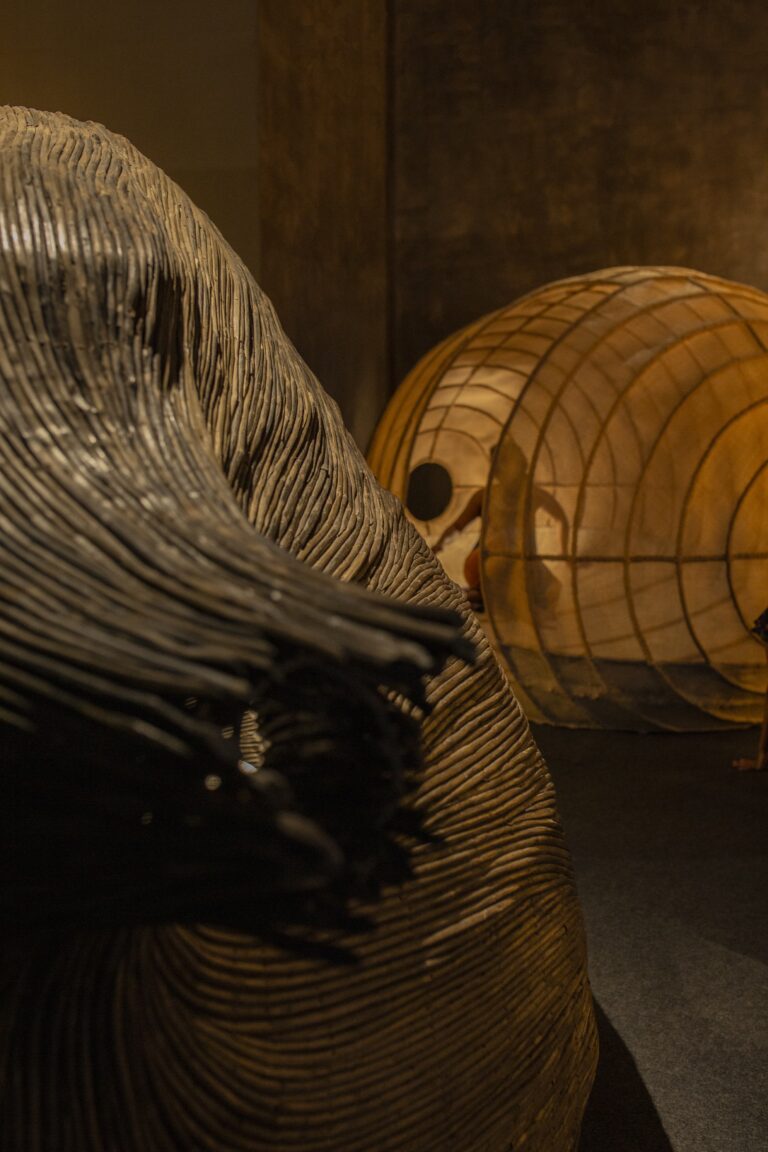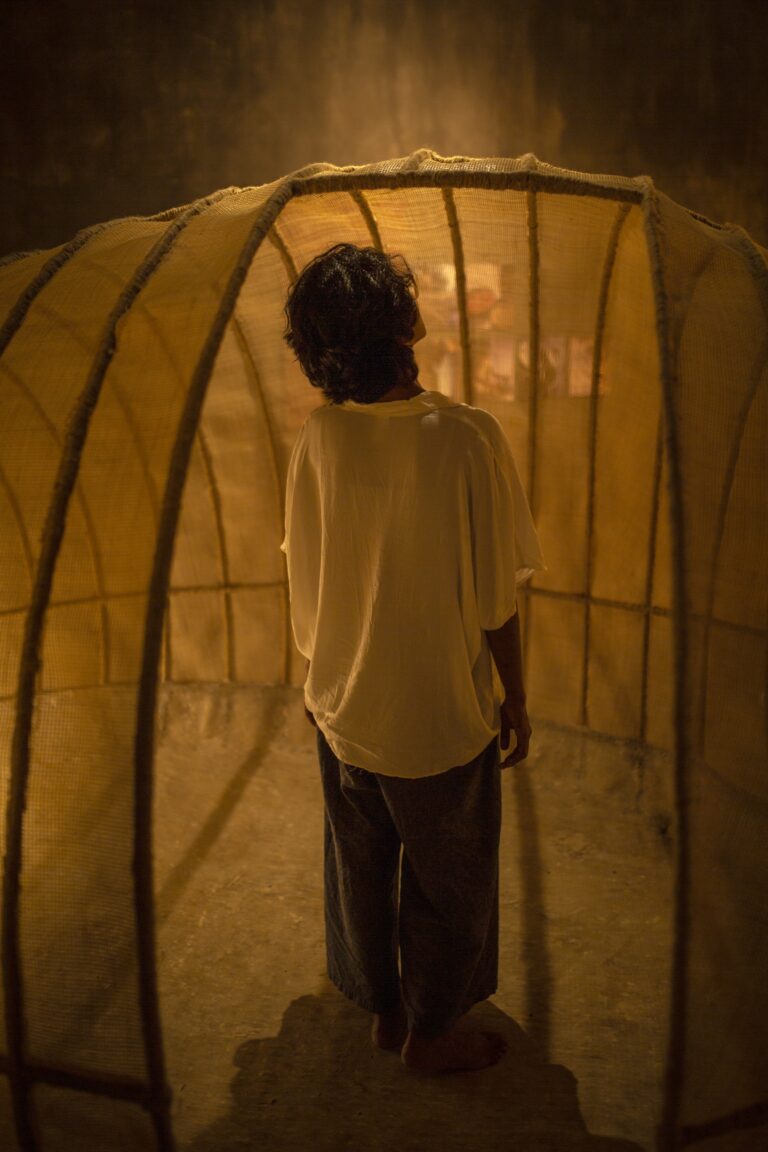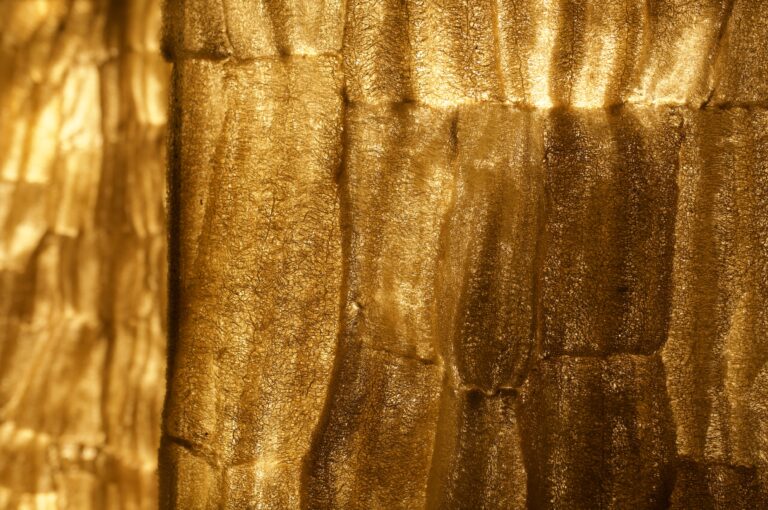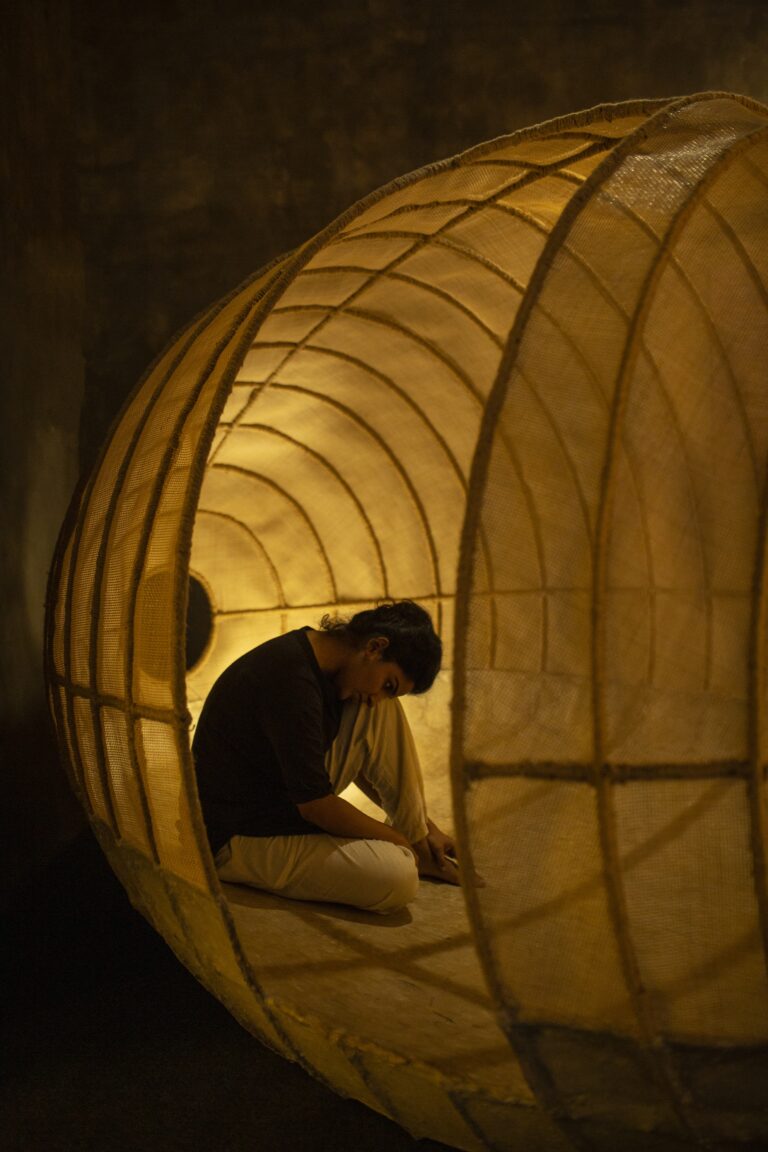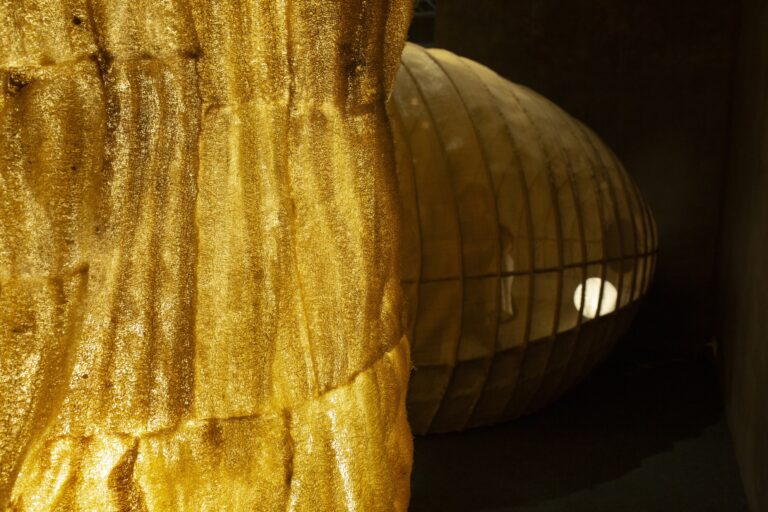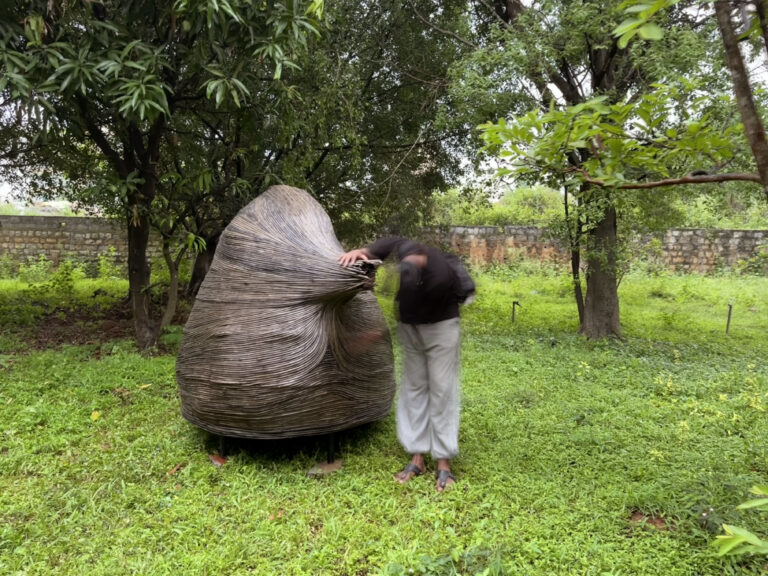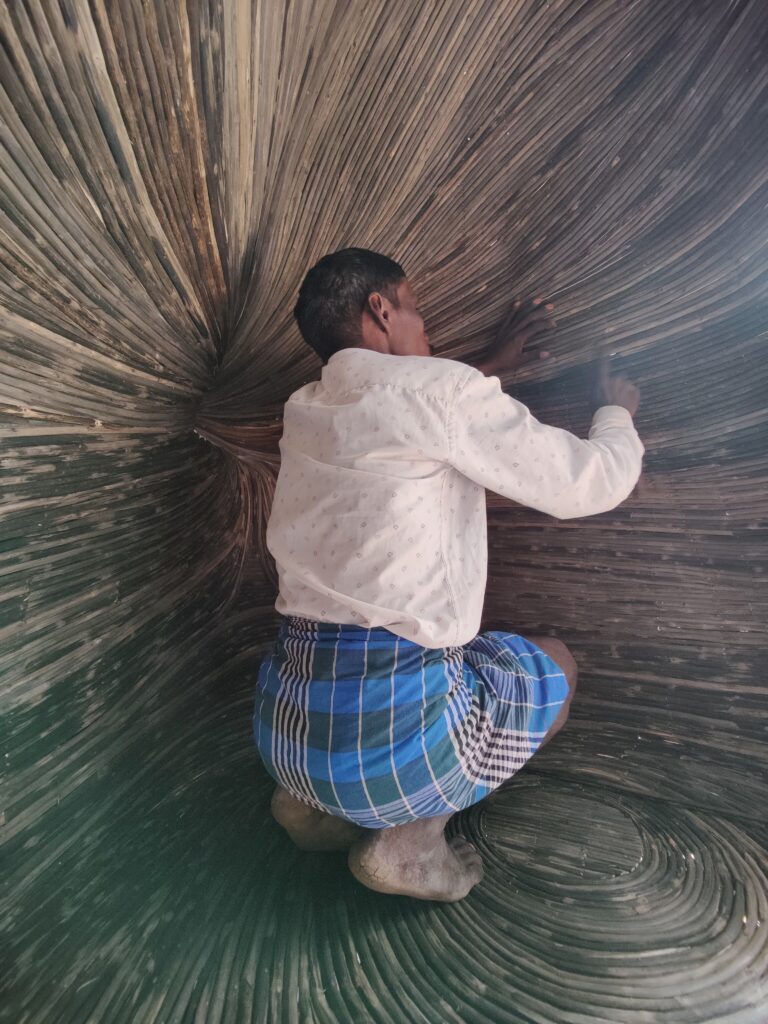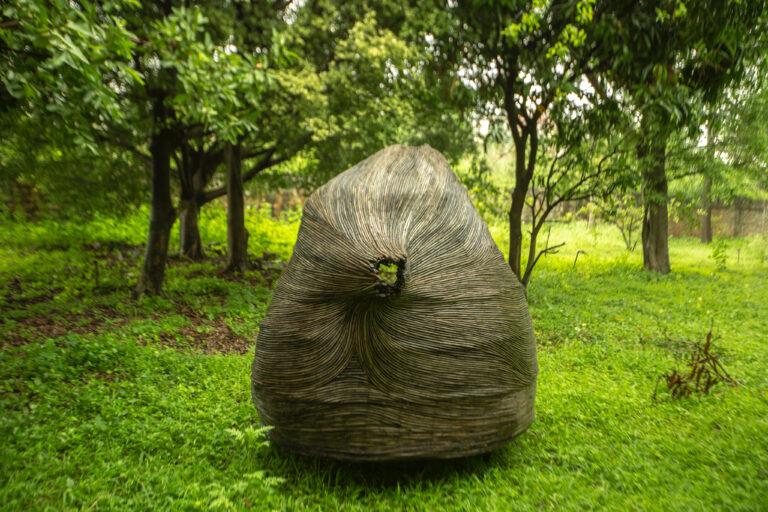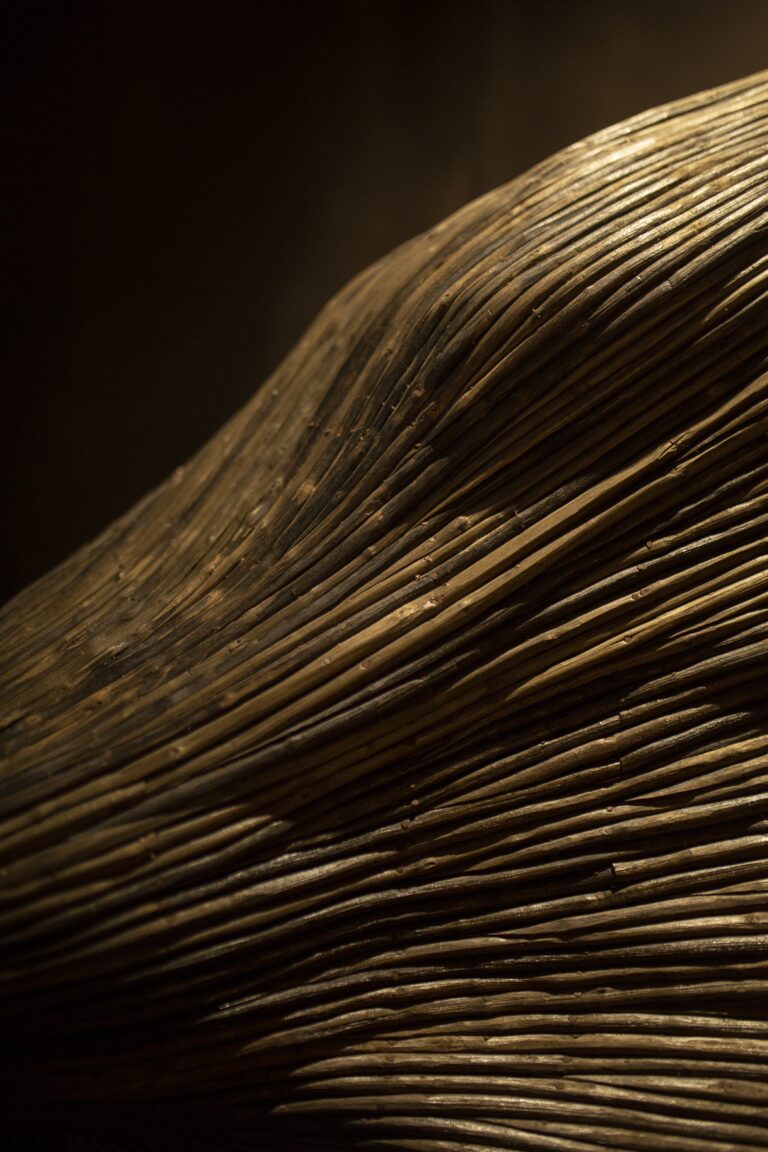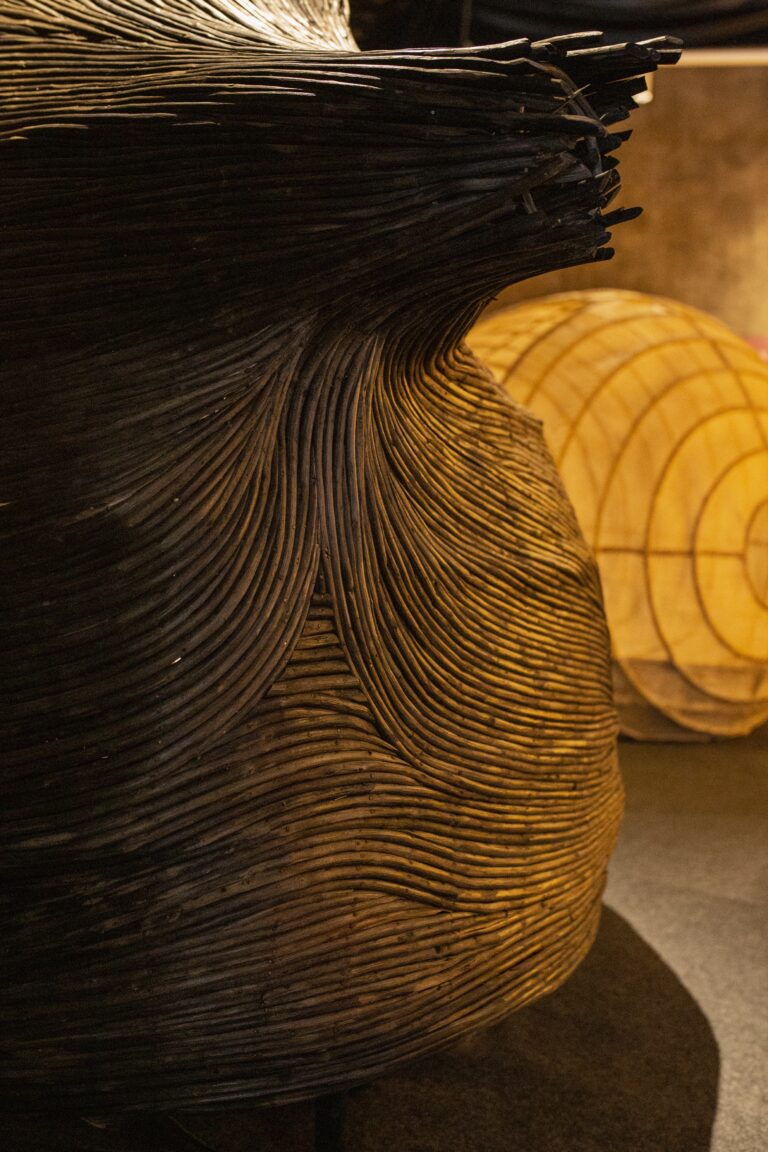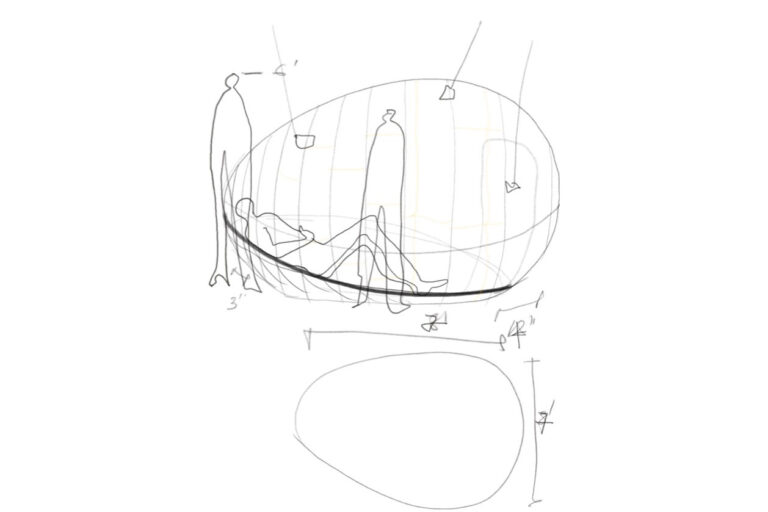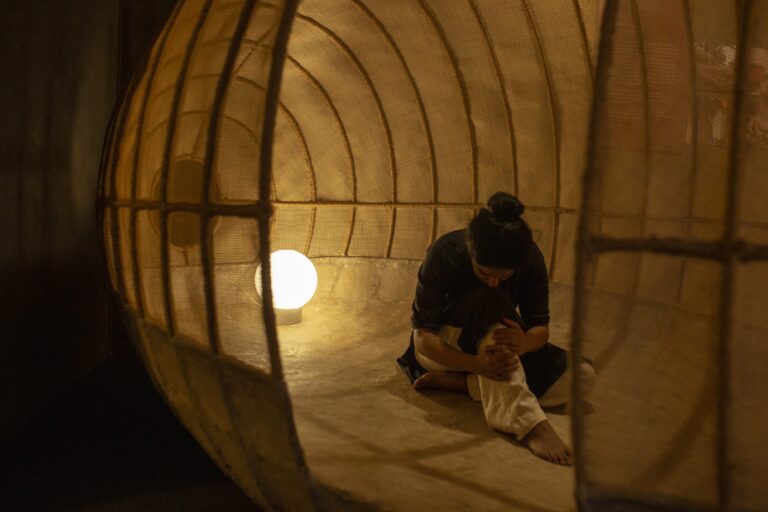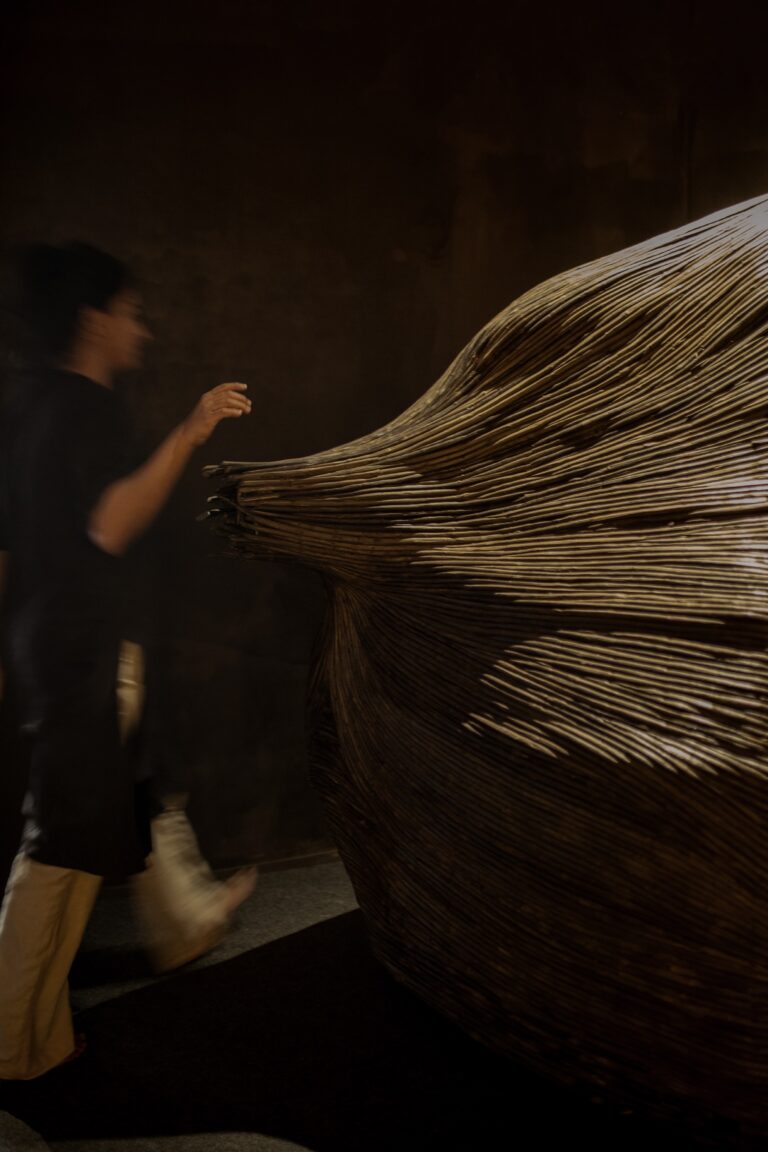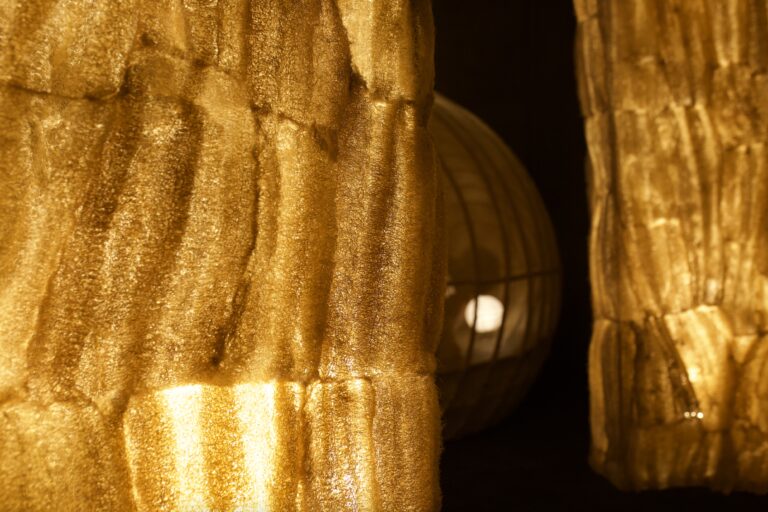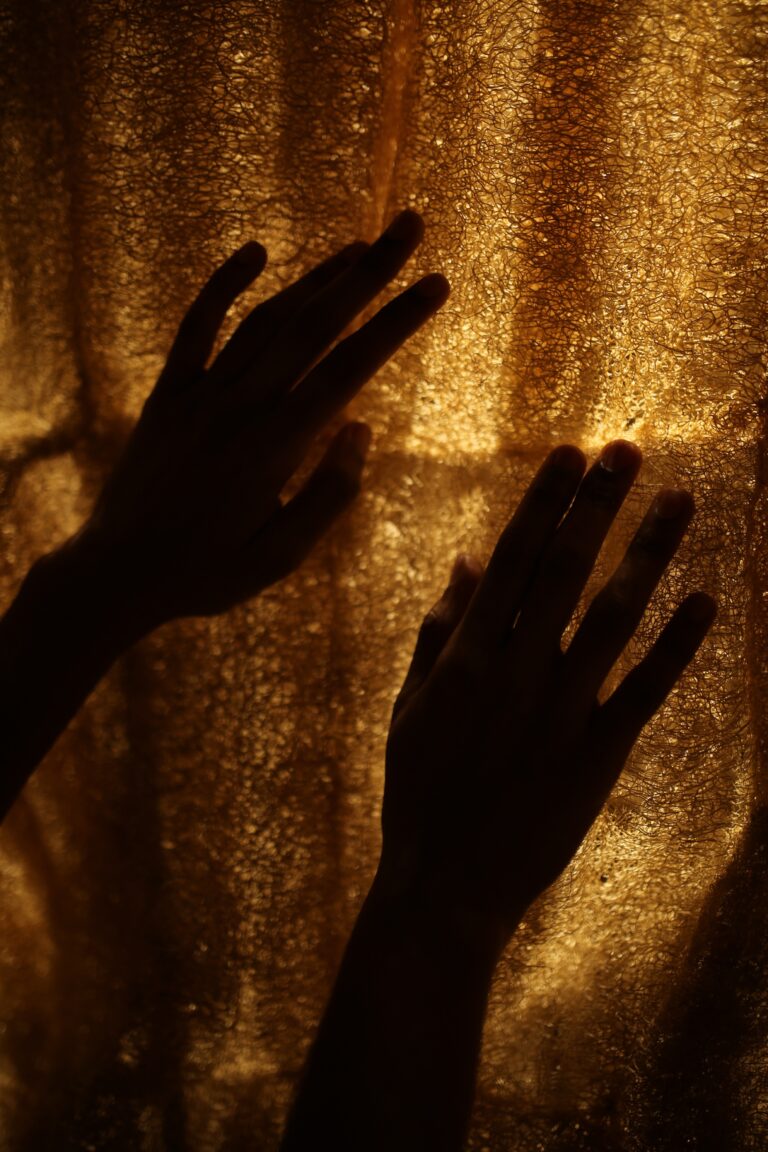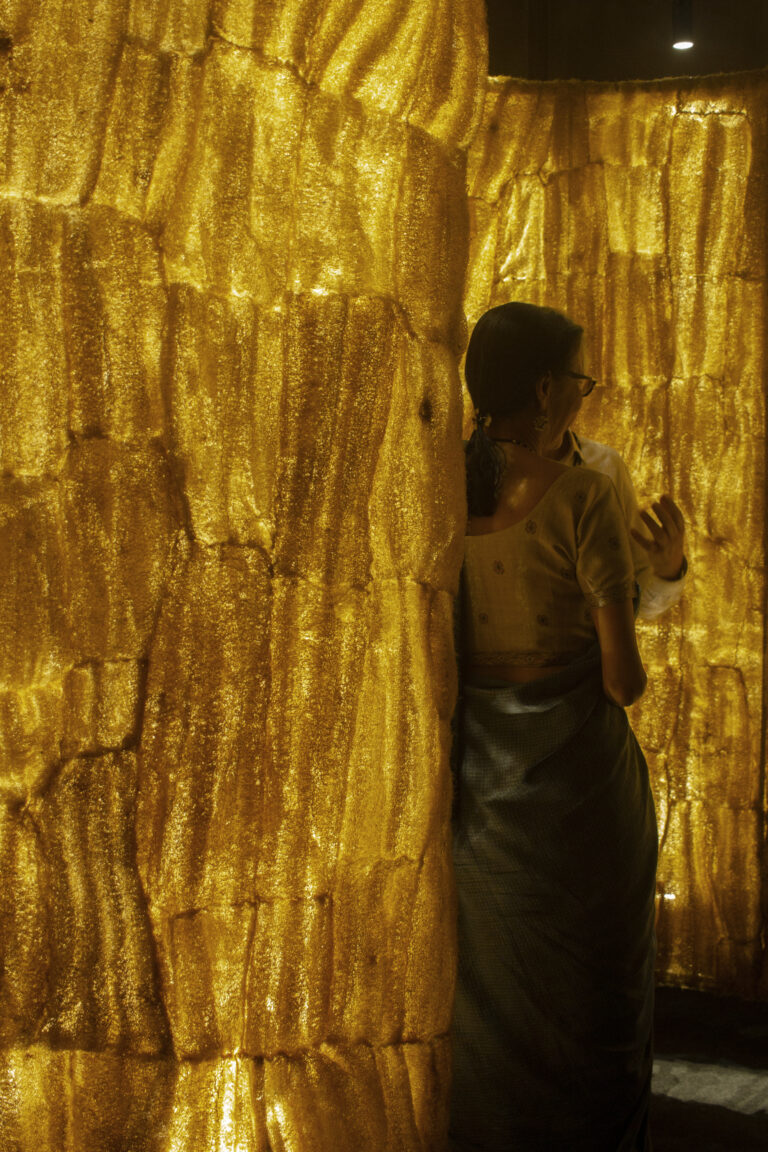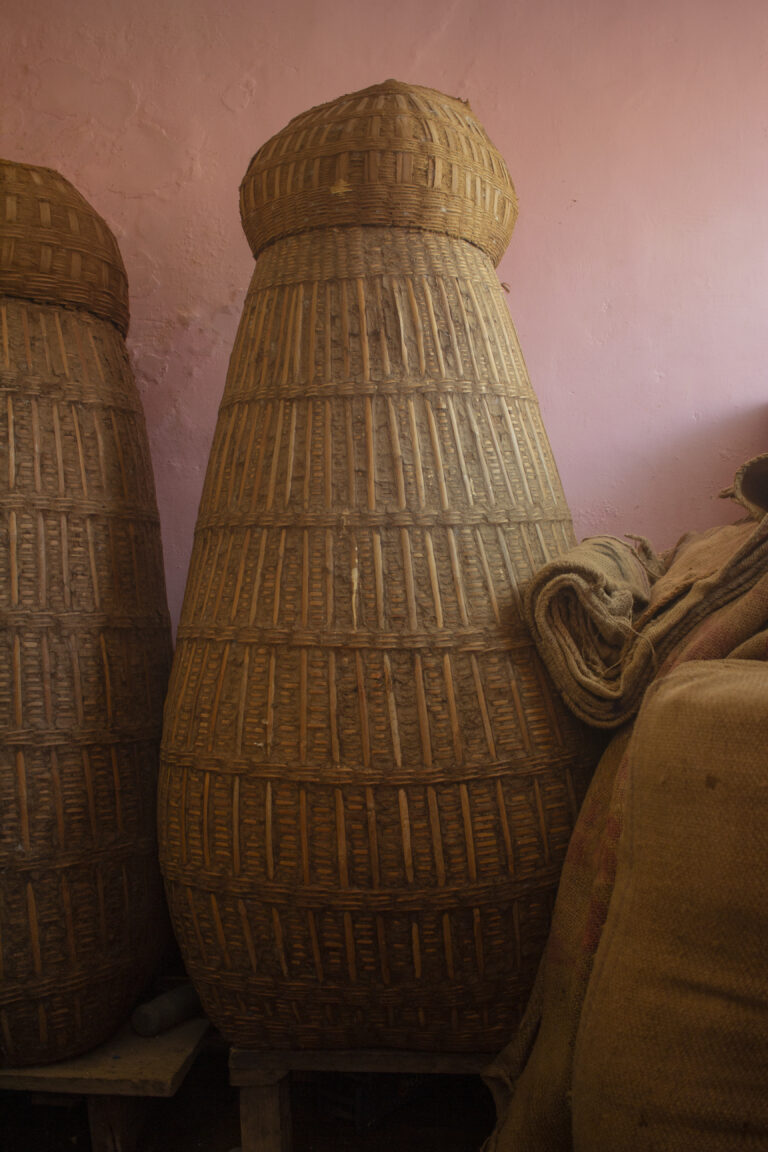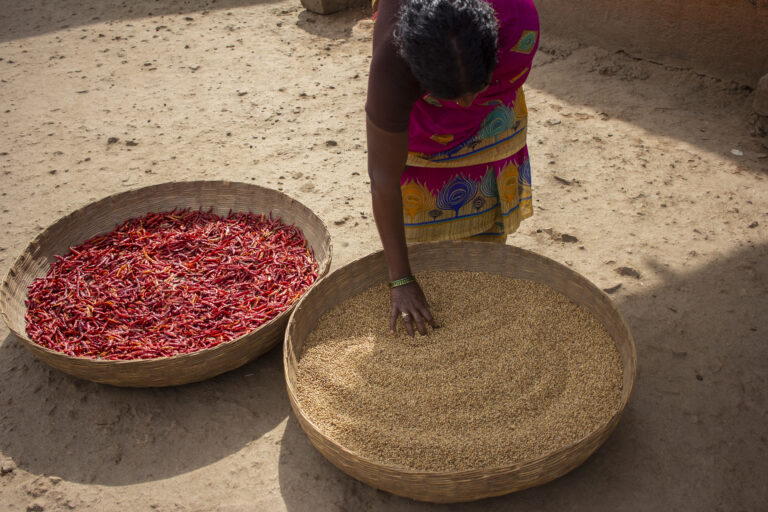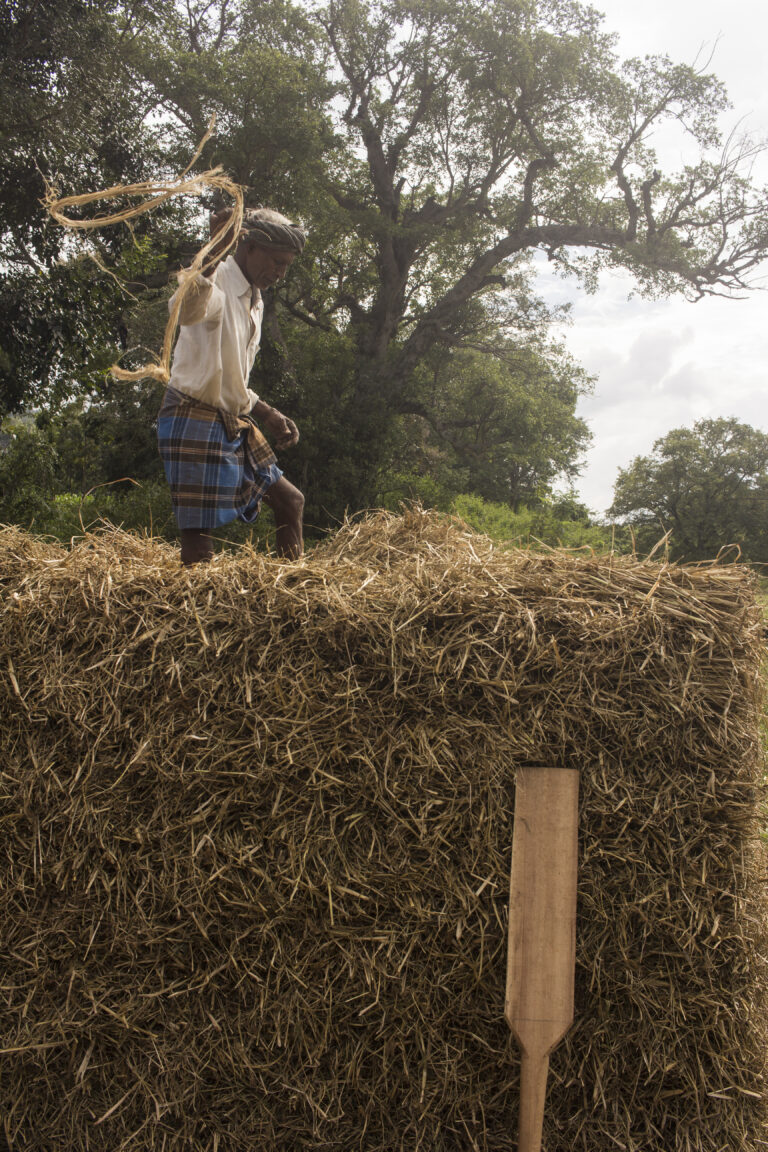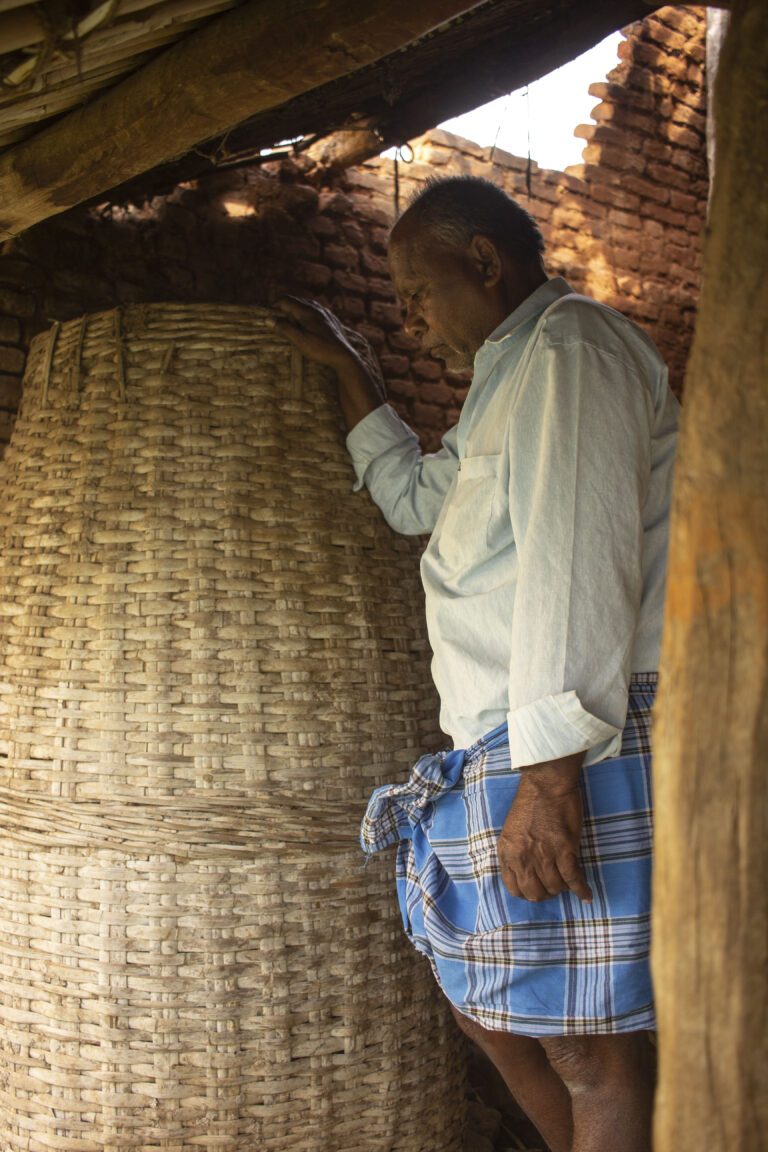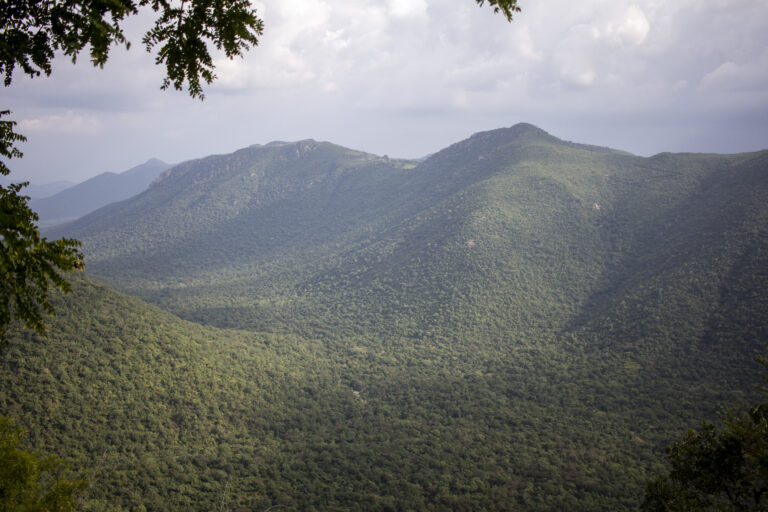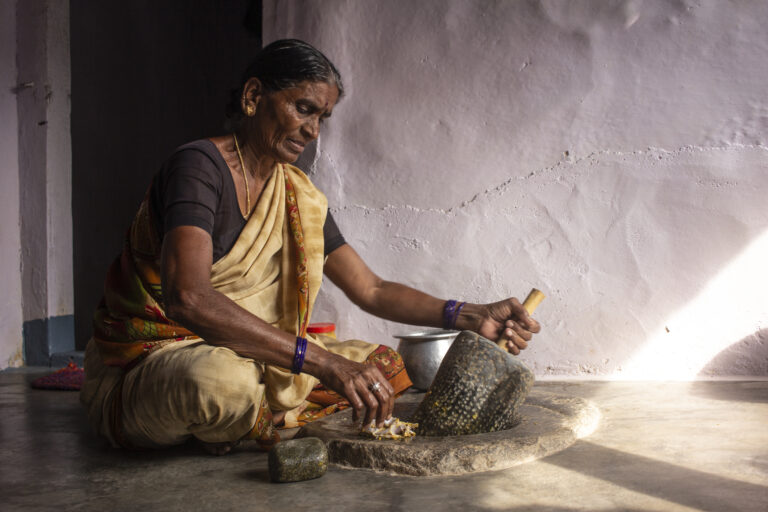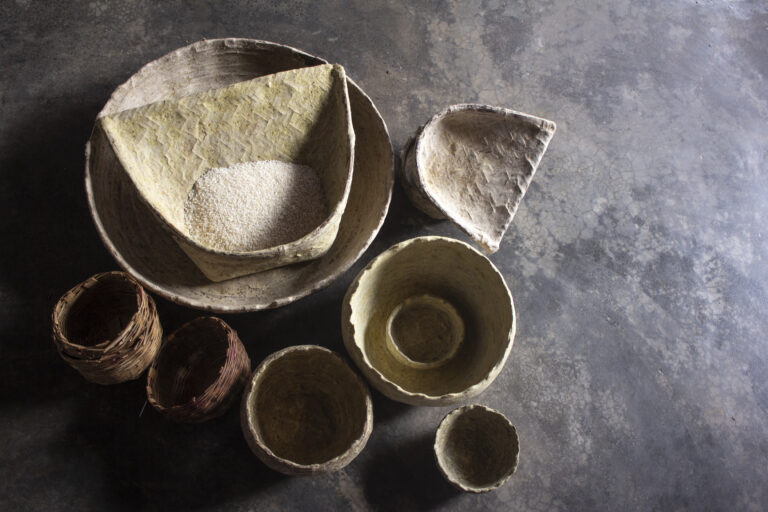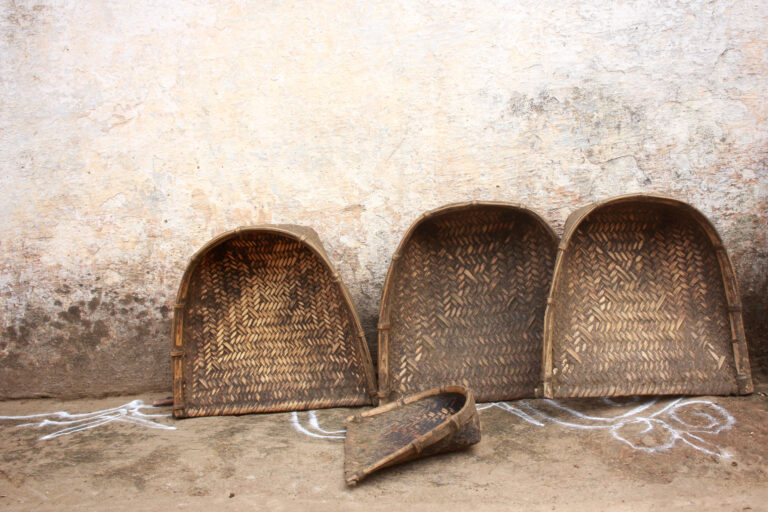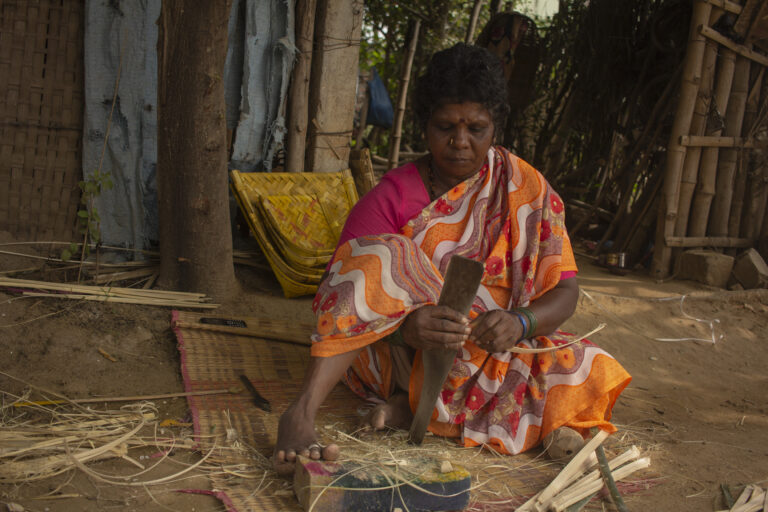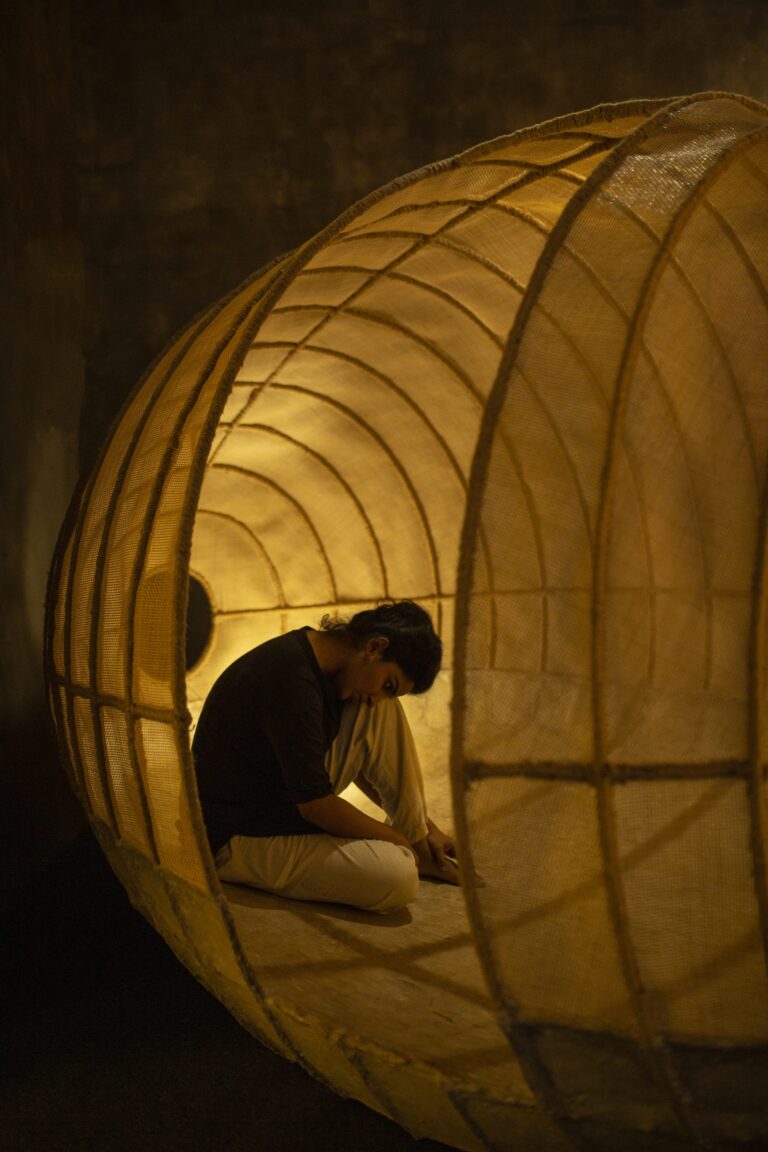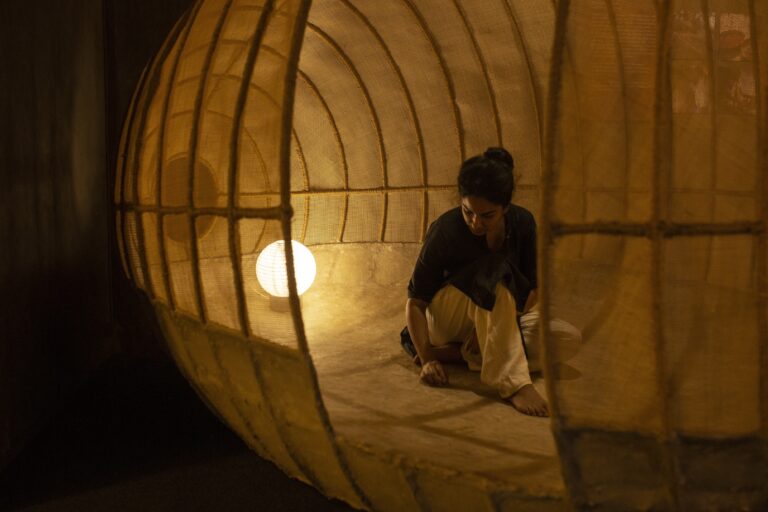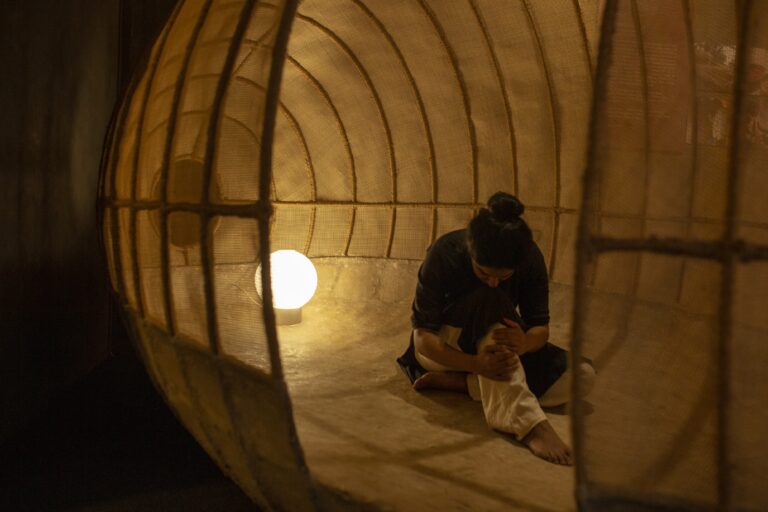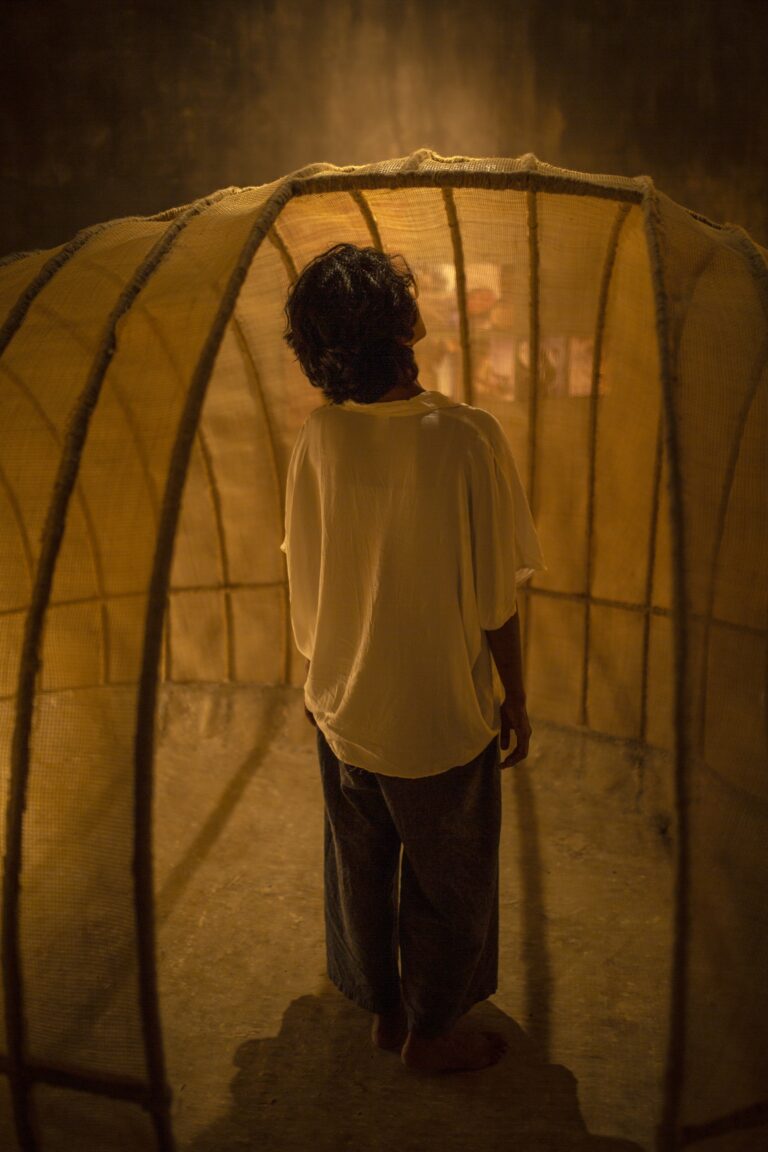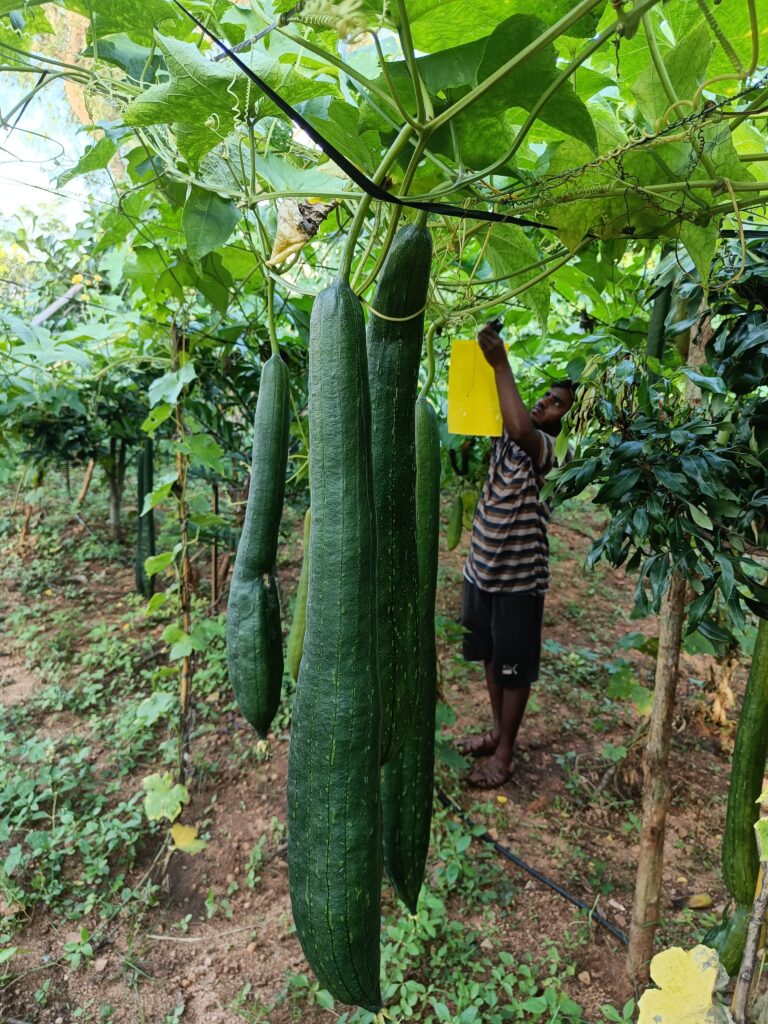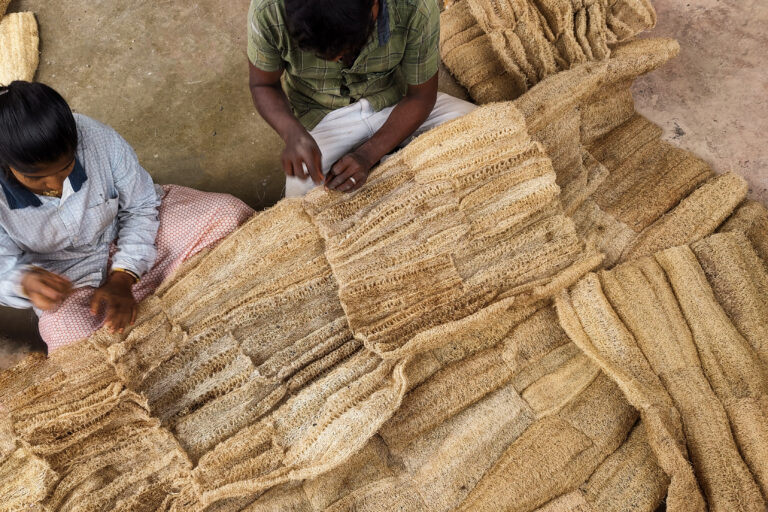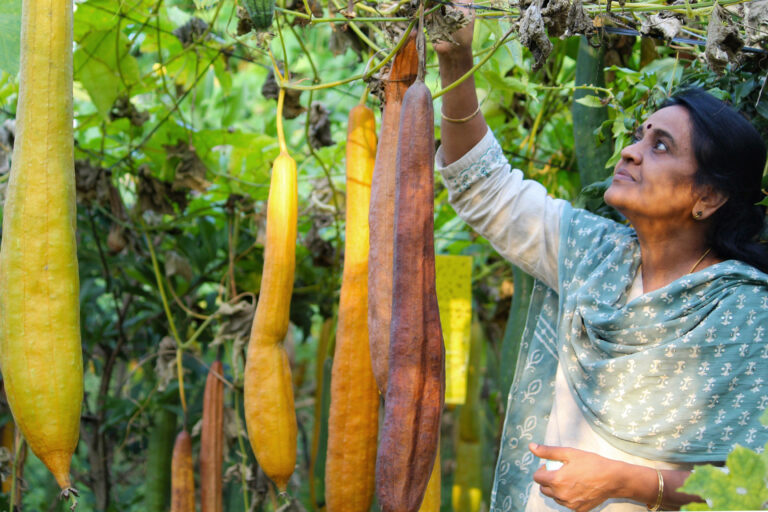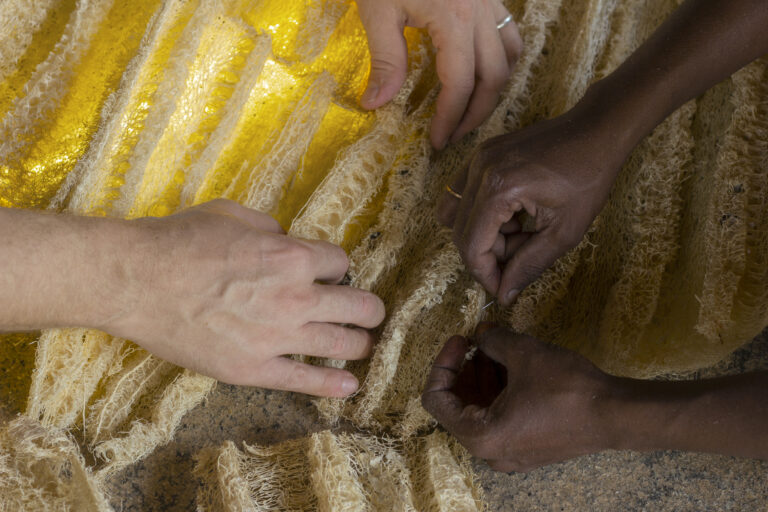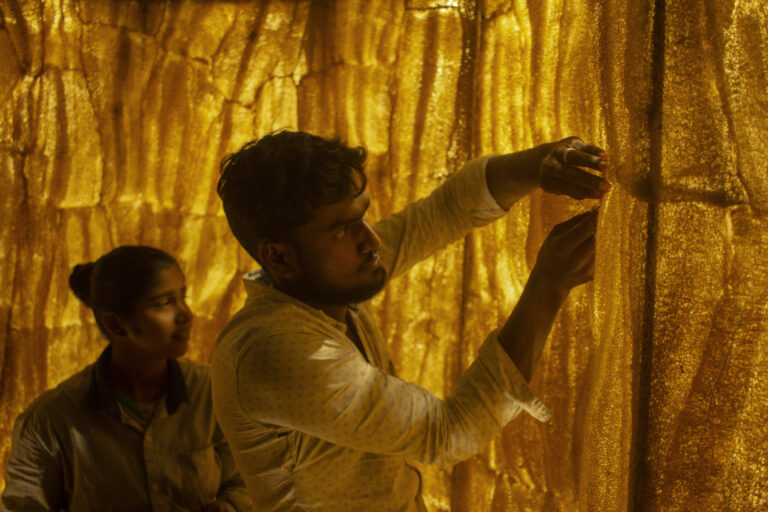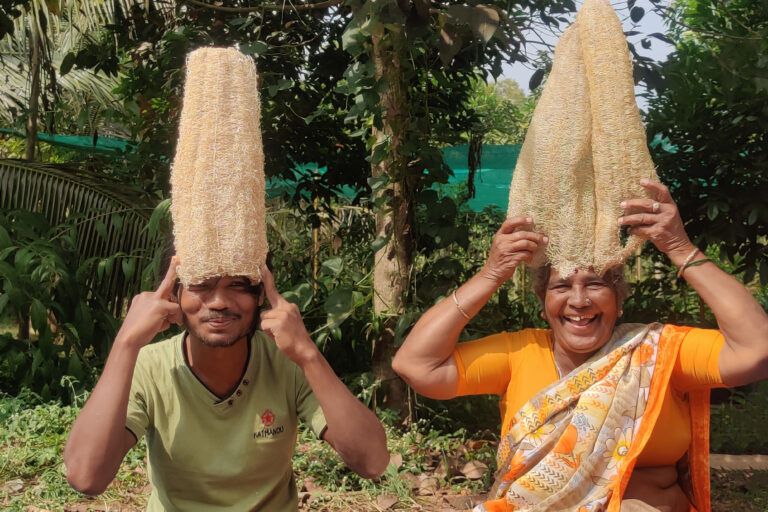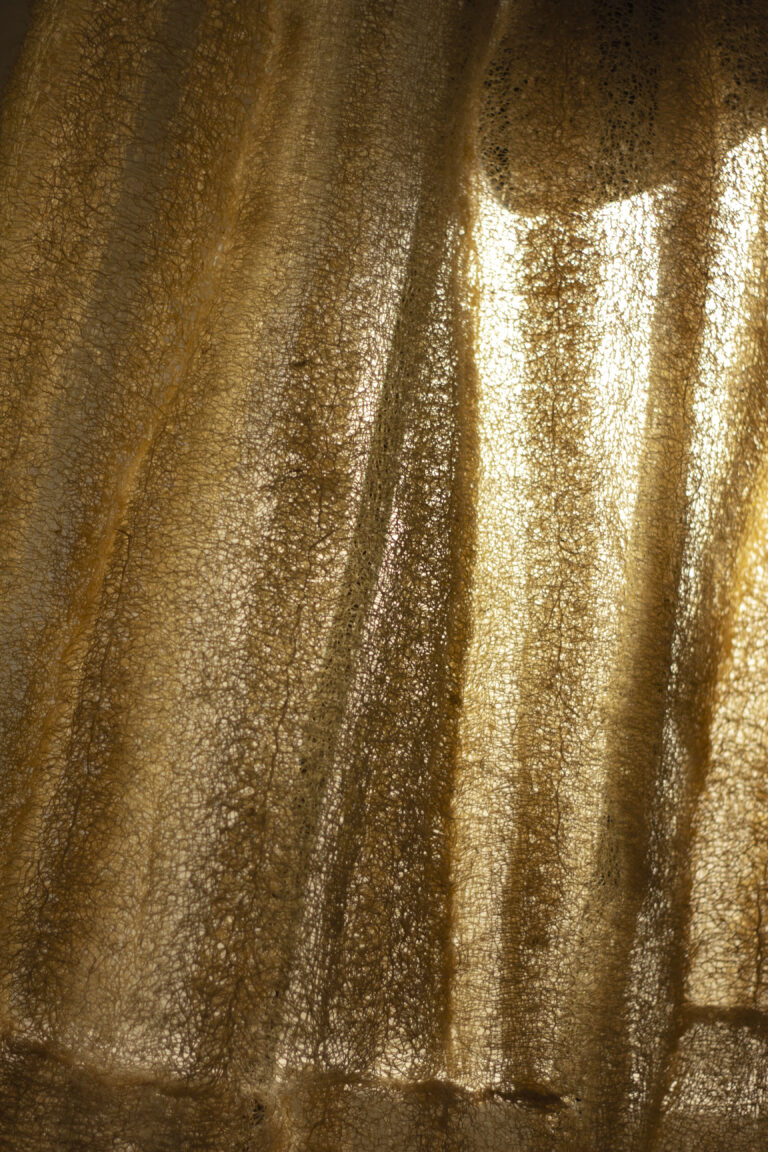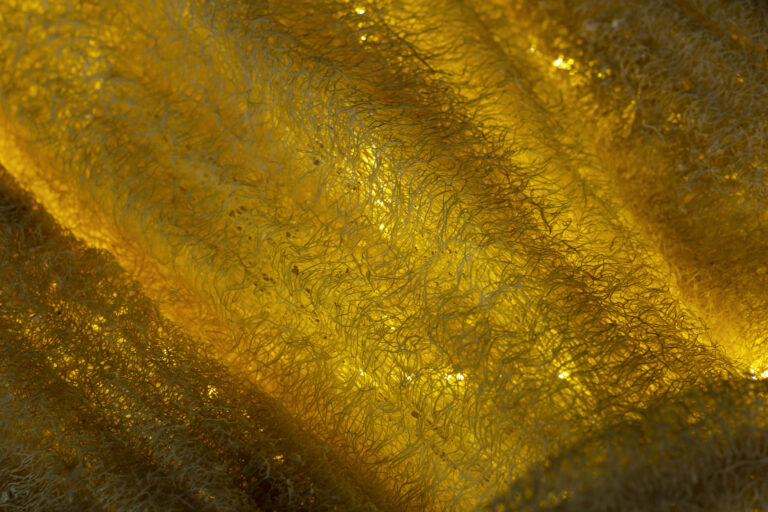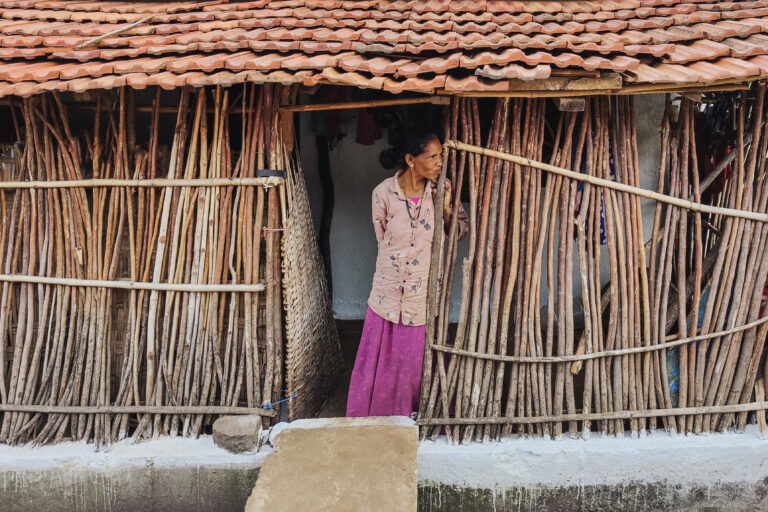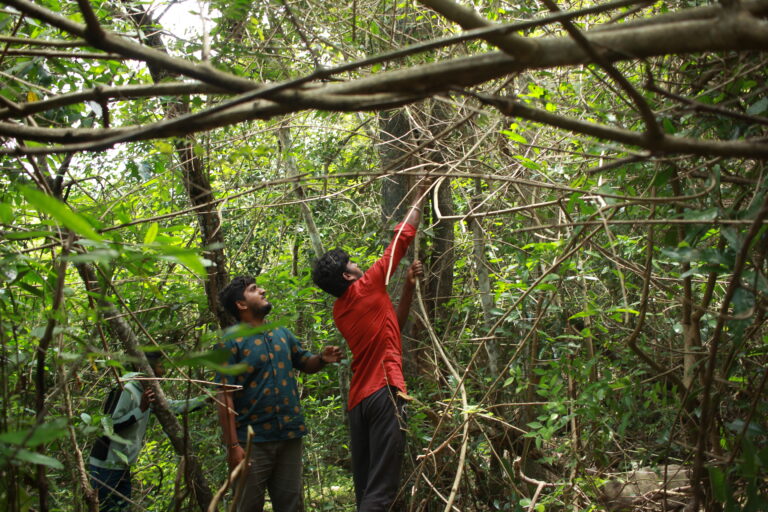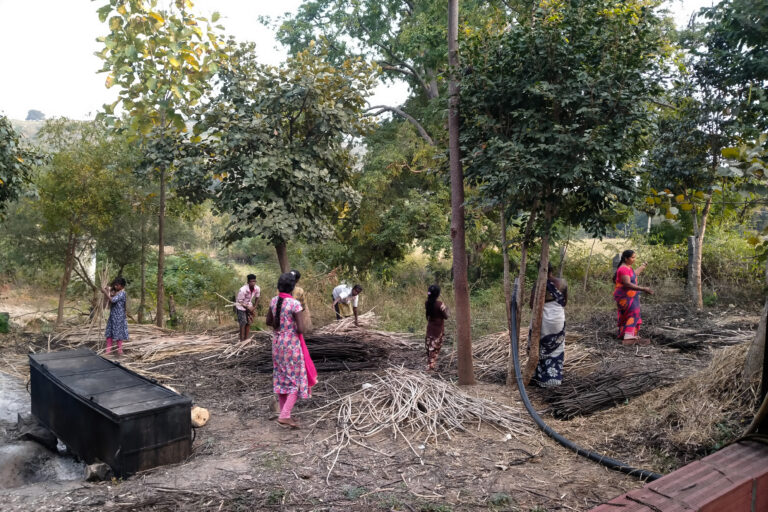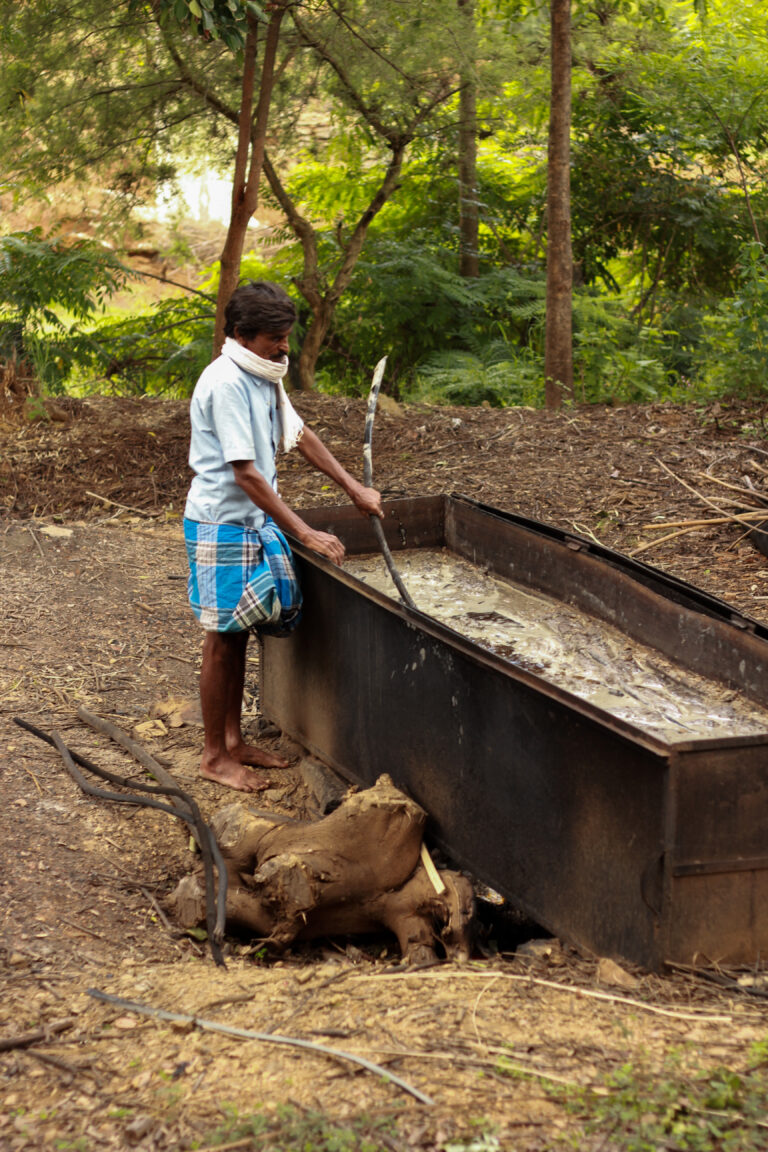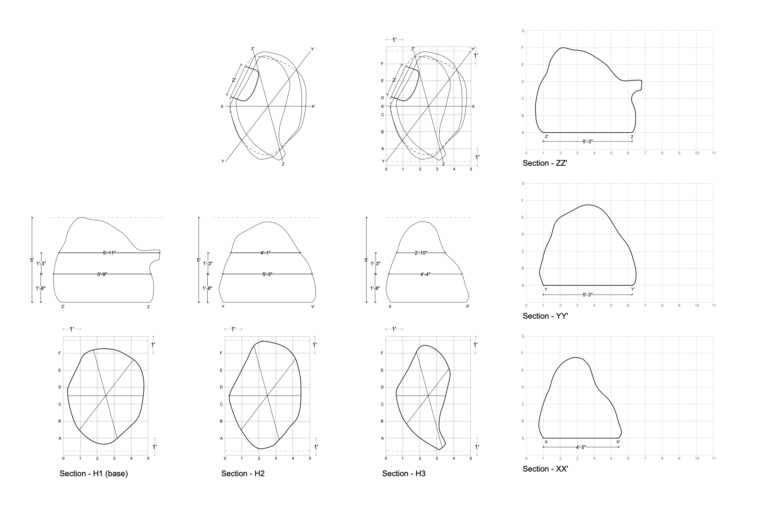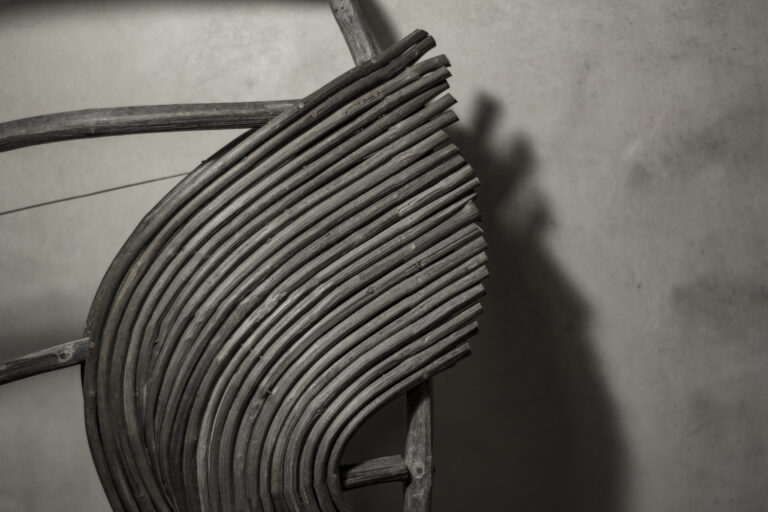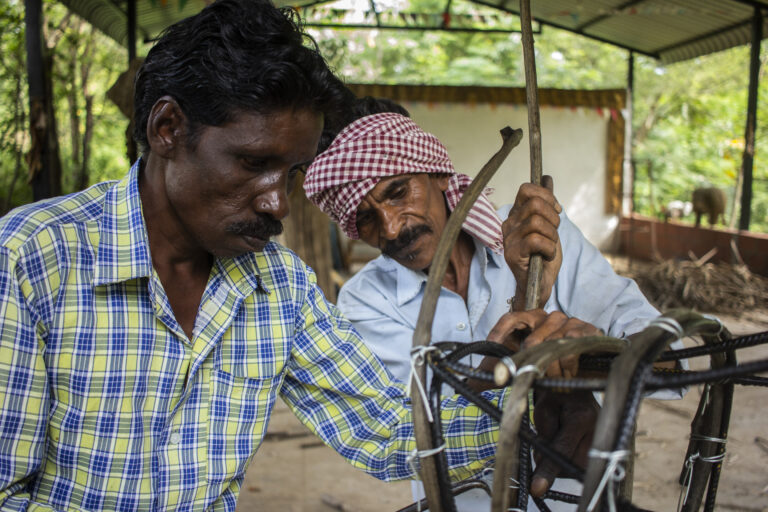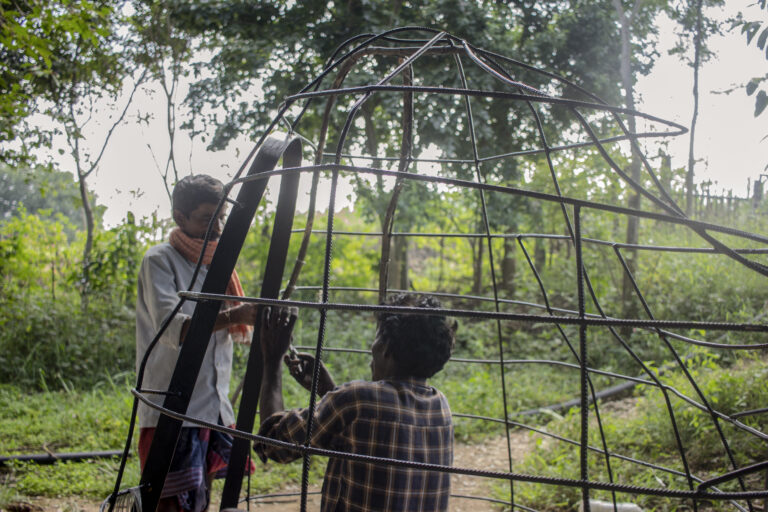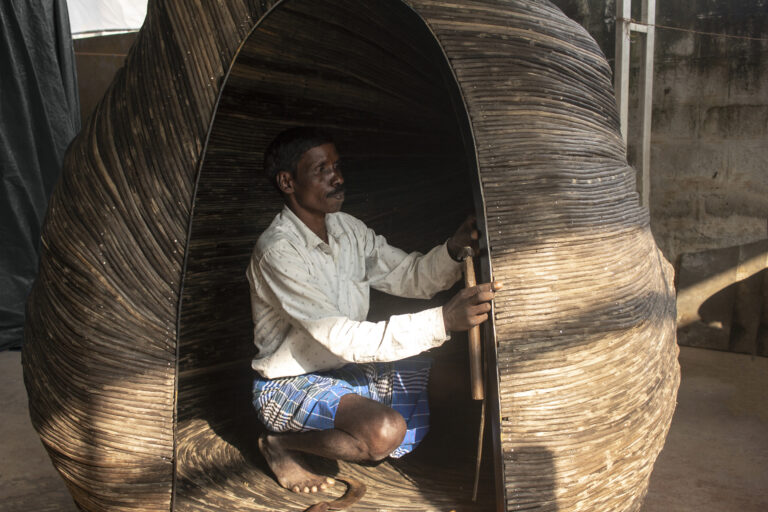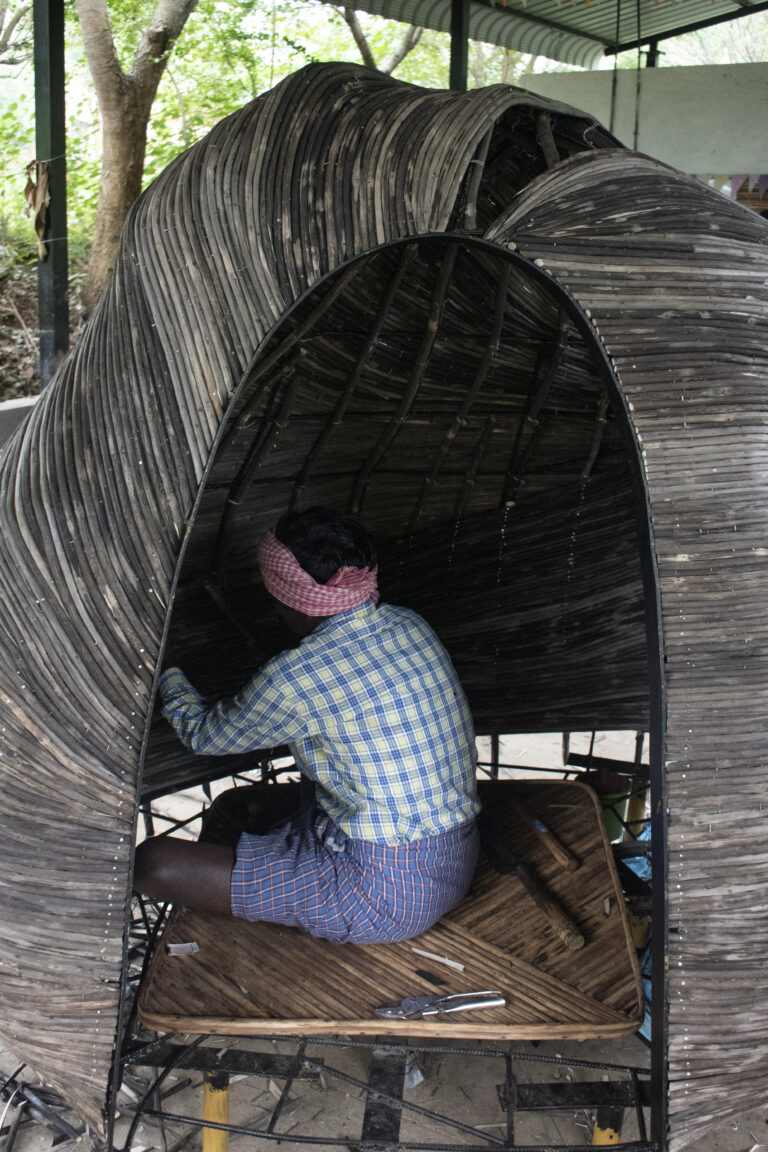Category: KANAJA for Serendipity Art Festival
KANAJA, The story of three granarys, an Installation for Serendipity Art Festival | Panjim, Goa
Kaṇaja (ಕಣಜ):—[noun] a granary;
a) a room, building for storing grains, corns, etc.
b) a big bamboo basket for the same purpose.
c) a repository
— OR —
Kaṇaja (ಕಣಜ):—[noun] treasure
Kanaja is an experimental installation which explores materials, crafts and communities entrenched in the region of the Kaveri, unwound and presented as three volumes. The word Kanaja means granary or treasure in Kannada. This handcrafted heirloom, passed along generations becomes a metaphor for the songs and stories it carries, a repository of knowledge that this installation dwells into. Kanaja interprets these treasures hidden in plain sight into spatial volumes that are visual, tactile and immersive. As the river Kaveri curls and cascades through the Deccan Plateau, she carries more than just water. She is a suthradhaara, a thread bearer. Entwined in her are the cultures and livelihood of her people, the sustenance of her farms and forests, the stories of her past and seeds for a future. Along the river, farmers, coracle weavers, shepherds, priests, Soliga and Bedagampana indigenous communities of the Male Mahadeshwara Hills, researchers, ecologists and aunts from the villages helped the design team uncover materials and techniques that seem ordinary in their landscapes. And together with them, each Kanaja is handcrafted into an object of imagination. Each of them explores an experimental material from its ecosystem; materials that simply return back to the soil and survive only through songs and stories; woven bamboo and papier-mâché from the villages, dried sponge gourds from the farms and lantana from the forests. You are invited to imagine all three Kanajas as three characters in a theatrical piece. You are invited to immerse and engage in a conversation; between material and volume, between memory and imagination, and between the familiar and the mysterious.
NAADU KANAJA, The country granary
Naadu (ನಾಡು):—[noun] land;
Naadu Kanaja borrows from the everyday object used as a storage for grains, often an understated craft passed along generations. The Naadu is interpreted as a crawl in structure, an assembly of woven bamboo, on a thin metal frame, coated with layers of papier mache in its traditional recipe from the foothills of Kollegal. The enclosing shell of the Naadu pulls apart the weave and thins down the skin into a delicate film. On the inside, the Naadu is generous in volume, a space for immersion, a repository for either the individual or a whole community. Step in. Sit down. Does comfort come with conversation or isolation?
Materials – Recycled woodfree cotton paper, tamarind seed powder, fenugreek, cellulose glue, mulberry bark handmade paper, woven bamboo, woven cane, linseed oil, metal
Community – Traditional recipes from homes in Kollegal, Malavalli and Mandya and in collaboration with Bluecat Paper, Bangalore
NAARU KANAJA, The fibrous lantern
Naaru (ನಾರು):—[noun] fibre;
A conversation with farmers from Belagola, along the canals of the Kaveri is literally woven into the story of the Naaru Kanaja. This lantern is crafted by weaving together fibres of the sponge gourd, a material hanging in plain sight, also known as the loofah. Each gourd is delicately harvested and dried. After the seeds are collected, the gourds are skinned and unfurled. Each flattened loofah is then carefully woven into a continuous quilt by the women of the farm. This Kanaja comes together in folds, a study in fibres and it’s transformed by light. Enter the folds of the glowing fabric, do you see the familiar or the unexpected?
Materials – woven quilt of dried sponge gourds on a metal frame
Community – Belavala Foundation, Ecological Farm, Belagola, Mysore
KAADU KANAJA 154, The forest object
Kaadu (ಕಾಡು):—[noun] forest;
The Kaadu Kanaja is an obscure forest object. It is conceived and made with the Soligas and Bedagampanas, indigenous communities of MM hills, the keepers of our forests and its secrets. Crafted by weaving together the wattles of lantana, an invasive species of plants that have threatened to overtake indigenous undergrowth, the Kaadu Kanaja borrows from the idea of a trap. The dark swirls of the lantana reed lead you within the small contraption. Walk in and let yourself be isolated by its darkness. The walls of the Kaadu are perforated, allowing specks of light to come in. A peep hole allows you to crouch and look out. What does one really peek into? Who is the observer and who is being observed?
Materials – woven lantana invited to turn a deep black, on a metal frame
Community – Soliga and Bedagampana indigenous communities of Male Mahadeshwara Hills Hills, in collaboration with ATREE, Bangalore

